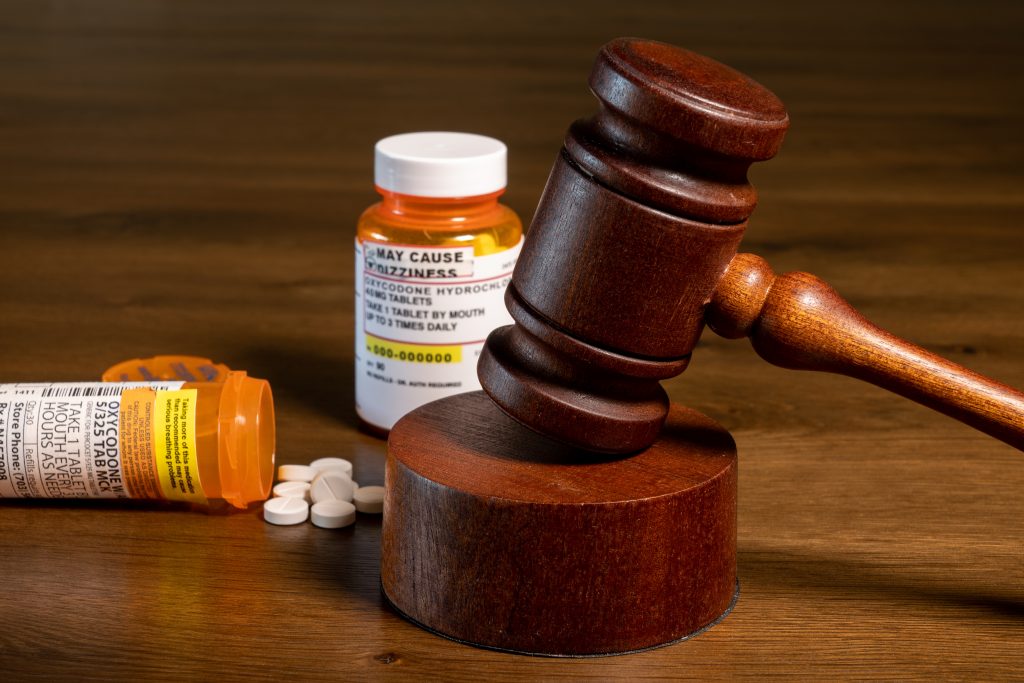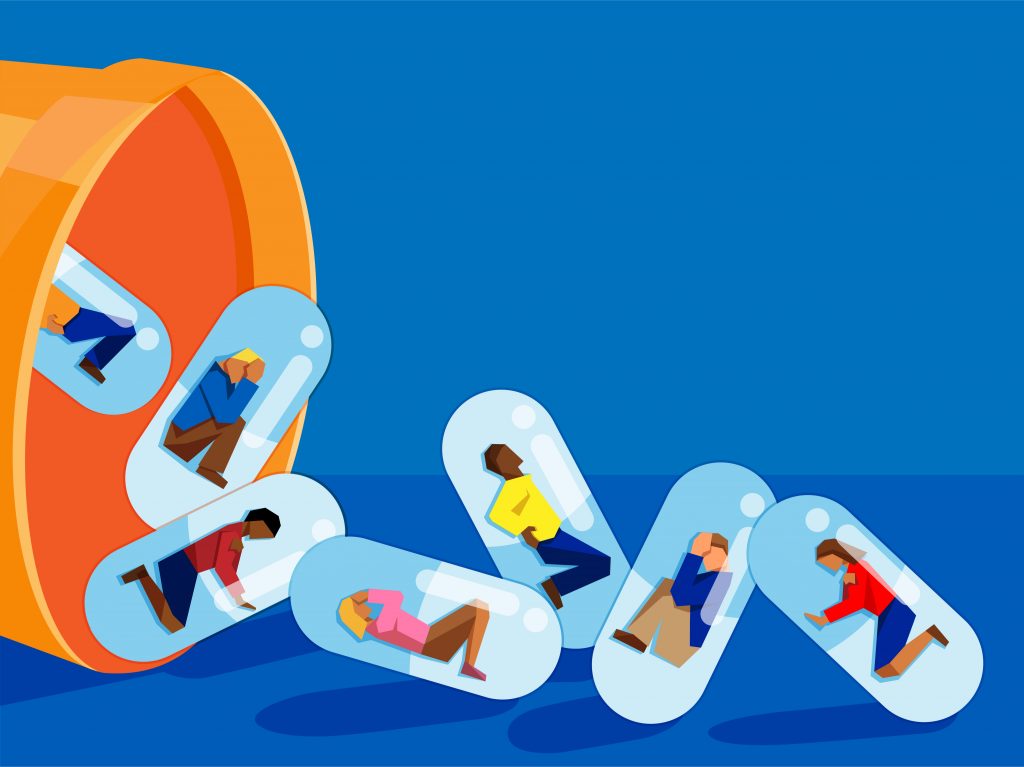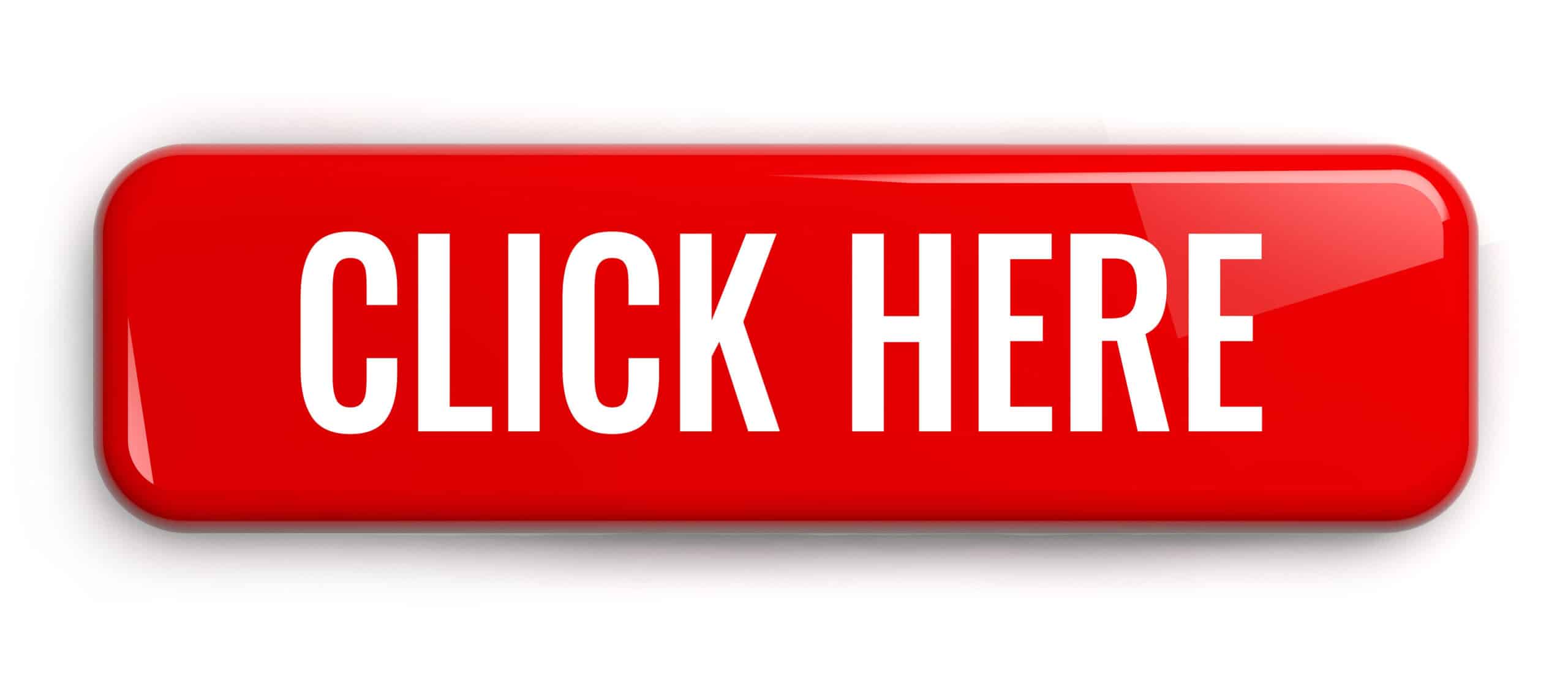The opioid crises isn’t just a standard drug crises. It’s a drug crises started by the US government and pharmaceutical companies. So it makes sense that these entities should have to pay out for their mistakes. This time around, according to a new offered settlement, Johnson & Johnson and other pharma companies, will pay Native American tribes $590 million over opioids.
Big Pharma paying out to Native American tribes for damage caused by opioids is certainly a positive move, but will it actually help stop the problem? What must be done to minimize this death count in the future? And can cannabis, ketamine, or kratom help? We’re devoted to covering the growing cannabis and psychedelics industries. Make sure to sign up for The THC Weekly Newsletter to stay informed on everything important going on today, as well as to get access to exclusive deals on flowers, vapes, edibles, and much more! We’ve also got great offers on cannabinoids like HHC-O, Delta 8, Delta 9 THC, Delta-10 THC, THCO, THCV, THCP & HHC , which you can find by going to our “Best-of” lists!
What are opioids?
Opioids are a class of drugs that can appear as synthetically made, or naturally occurring. The naturally occurring plant is the poppy, which produces opium that morphine and codeine can be extracted from, among other compounds. Opium is often, through processing, turned into drugs like heroin. Synthetic versions of the drug are at this point way more common, encompassing, codeine (synthetically made), hydrocodone, and fentanyl.
Opioids effect opioid receptors in the central and peripheral nervous systems, as well as the gastrointestinal tract. The three main opioid receptor classes are, μ, κ, δ (mu, kappa, and delta), however as many as 17 in total have been found. Opioids are known for being powerful pain relievers and anesthetics. They are also used medically for diarrhea and cough suppression. Effects of the drugs include the user feeling itchy, euphoria, sedation, nausea, constipation, and respiratory depression. These drugs produce tolerance in the user, meaning the user has to keep using more to achieve the same effect.
Legal opioids are controlled substances, as it’s not terribly difficult to overdose on them. They are also often used in conjunction with other drugs like benzodiazepines and alcohol, which also cause respiratory depression. Benzodiazepines in particular are used to mitigate the sick feeling that opioids can give, and are often a comorbid reason for overdose. Opioids cause extreme physical addiction, and extreme withdrawal when a user tries to quit, which in the worst cases can be life threatening.

Why Native American Tribes are receiving $590 million over opioids
The settlement was filed in a U.S. District Court in Cleveland. According to the settlement, which was offered in early February, 2022, Big Pharma company Johnson & Johnson, and the three biggest distribution companies in the US: AmerisourceBergen, Cardinal Health, and McKesson, would pay out a total of $590 million to members of all federally recognized tribes that take part in the settlement, including tribes that were not a party to suing these companies.
Why is this happening? Native American tribes claim these companies helped knowingly fuel the use of opioids, creating an epidemic in their specific communities. And judging from the payout that the companies are offering, it seems this might be completely true. This is a settlement, after all, not a court ruling. If these companies didn’t think they were in the wrong, they probably wouldn’t be offering up $590 million. So the offer of the settlement itself speaks volumes to what these companies actually did.
Technically, AmerisourceBergen, Cardinal Health, and McKesson had made their own deal last September, agreeing to pay a total of $75 million to the Cherokee tribe. On the 1st of February, those same companies agreed to pay $440 million over a seven-year period to any Native American tribe member who wants to be a part of the settlement, so long as they come from a federally recognized tribe. What about Johnson & Johnson? That company agreed to pay $150 million over a two year period, with $18 million specifically earmarked for the Cherokee tribe.
According to the plaintiffs’ Tribal Leadership Committee, Native American communities have been particularly affected by the use of opioids, with higher rates per capital for overdoses than other racial groups. The group went on to say “The burden of paying these increased costs has diverted scarce funds from other needs and has imposed severe financial burdens on the tribal plaintiffs.”
Global settlements
This is in no way the first settlement that Big Pharma has had to pay out. All of these companies have already agreed to pay out a whopping $26 billion globally. At the time of this new settlement with the Native American community, Johnson & Johnson said that the $150 million it offered to pay out for the current settlement, would be deducted from what it owes to the global settlement amount.
Funny enough – and it really is – after agreeing to the $26 billion settlement, and this current one where the company will pay $150 million, Johnson & Johnson made this statement: “This settlement is not an admission of any liability or wrongdoing and the company will continue to defend against any litigation that the final agreement does not resolve.” Companies don’t usually pay such exorbitantly high sums of money if they think they haven’t done anything wrong. And especially not if they think they can win in court.

This is probably a good time to remind, that a settlement isn’t a court ruling. It’s a deal made between parties to evade the need for a court ruling. Settlements are generally made when the defendant isn’t in a good position, and is afraid of the much higher sum/punishment that could be doled out should the case actually be voted on by a jury, or ruled on by a judge. Very few innocent parties will therefore agree to settlements, and certainly not in the billion dollar range if they actually think they’re innocent.
That Johnson & Johnson made such a mind-numbingly ridiculous statement, just goes to show how little responsibility these companies want to take for their actions, even in the midst of having to pay out massive sums for them. I kind of hope the plaintiffs in these cases don’t accept, and allow the cases to have a formal judgement. Of course, as Native American tribes must still approve this deal, there is still a chance of a last-minute change.
Even so, as said by Robins Kaplan attorney Tara Sutton, who helped represent the Native American tribes, “This initial settlement for tribes in the national opioid litigation is a crucial first step in delivering some measure of justice to the tribes and reservation communities across the United States that have been ground zero for the opioid epidemic.”
How bad is the opioid crises?
In 2019, there were somewhere between 50,000-71,000 overdose deaths by opiates. hhs.gov, which gave the bigger number of the year, broke it down like this: overall opioid overdose deaths were 70,630, heroin overdoses totaled 14,480, the number of people in the US who misused painkillers was 10.1 million, and the number of deaths from synthetic opioids was 48,000. If you’ll notice, deaths from synthetic opioids – AKA pharmaceutical opioids, was well over three times the death total of heroin.
Then in 2020, according to Marketwatch and data out of the CDC, opioid overdose deaths increased by 30% from the massive number they already were. In 2020, approximately 93,331 people died by way of opioid overdose. This was the sharpest increase in deaths in three decades. And what was fingered as the main culprit in all this? Well it sure wasn’t a street drug like heron. No, it was/is fentanyl.
What about 2021? Well, official statistics don’t seem to be out yet, but some information is. When looking at the 12 months ending in April of 2021, the US racked up over 100,000 drug overdoses, with 75,000 attributed to opioids. Weirdly, a variation of this was also announced by U.S. Commission on Combating Synthetic Opioid Trafficking, which claimed that this number was relevant to the year ending June 2021, with synthetic opioids making up nearly two out of three of those deaths. Either way, when the actual statistics for 2021 are released, they won’t be pretty.

Some other fun facts highlighting how little this is being cared about, even by doctors. In 2017, over 191 million prescriptions for opioids were written, which equals a staggering 58.7 prescriptions written for every 100 people. 45% of these were given by primary care physicians, who are not supposed to be writing these prescriptions in the first place. How much does this cost the US in terms of health care, emergency care, treatment for addiction, lost productivity, and criminal justice issues? Well, the number given for 2017 was $78.5 billion a year. Which would be way higher by now. As all of these numbers would be, including prescriptions written by doctors.
Why is this an issue?
This problem exists, and is ongoing, for only one reason: the government allows it. And not only that, the government helped start it. What do I mean by this? I mean the governing body with the job of protecting its people by regulating the medical industry, allowed and promoted pharmaceutical companies to produce and distribute these medications, and for medical doctors to prescribe them at will. With the exception of the standard low number of heroin overdoses that were already occurring yearly, this issue exists because the government allowed it to. Period.
While the CDC likes to talk about three waves in this opioid epidemic, this seems like a distraction technique meant to shift the blame, or try to put it on a standard non-governmental illicit drug market. Heroin has been used for centuries without ever going out of range in terms of overdoses. The idea of this being an ‘epidemic’ didn’t becomes a thing until Big Pharma intervened in the 90’s with Oxycontin. That was the first wave. The CDC likes to say the second wave started around 2010 with an increase in heroin, with a third wave beginning in 2013 with the advent of drugs like fentanyl. Funny that it would go from pharma drugs to heroin to pharma drugs. Seems a little wobbly in the logic department at best. Which means, if the standard heroin use is taken out of the mix, this is entirely a pharma-oriented epidemic.
In fact, while other methods of pain relief exist that do not cause these problems, the government continuously ignores them in favor of promoting opioids and big pharma. Think cannabis, kratom, ketamine, and things like ginger, that most people will never be told about. I drink ginger tea every day and it can be the difference between being able to stand up straight and not. And that’s coming from someone who does ballet everyday. Which is actually a massive statement. Yet no doctor will tell a person to make ginger tea, over giving them a prescription for a drug they already know can kill them.
And want a weirder piece of info? Johnson & Johnson, one of the pharma companies to pay out the most, is also the only company to have an approved ketamine medication beyond use as an anesthetic, which is the drug esketamine. But it probably didn’t want its new drug to hurt its opioid sales, so it didn’t ask to have it approved for pain relief. After all, ketamine doesn’t get people addicted, and non-addicted people don’t need to keep buying meds.
Conclusion
It’s good that Big Pharma is starting to get hit hard for its awful decisions and treatment of Americans. And its nice to see Native American tribes get something back for the damage that was bestowed on them through opioids. But unless the government does its job, and stops the production of these drugs, there is no way this can stop.

And on that note, it would be really nice to see the US government have to formally take responsibility for its awful decisions and treatment of its own people. That that hasn’t happened yet means all the stories coming out in rising death tolls will never mean anything. This problem only stops when the parties accountable – pharmaceutical companies that produce these medications, and governmental bodies which allow them, are stopped.
Welcome to the site! Thanks for stopping by CBDtesters.co, the preeminent internet location for all cannabis and psychedelics-related news that’s important today. Read thru the site regularly to stay knowledgeable on the quickly-moving landscape of legal drugs and industrial hemp, and remember to sign up for The THC Weekly Newsletter, so you’re never behind on what’s going on.
Disclaimer: Hi, I’m a researcher and writer. I’m not a doctor, lawyer, or businessperson. All information in my articles is sourced and referenced, and all opinions stated are mine. I am not giving anyone advice, and though I am more than happy to discuss topics, should someone have a further question or concern, they should seek guidance from a relevant professional.









